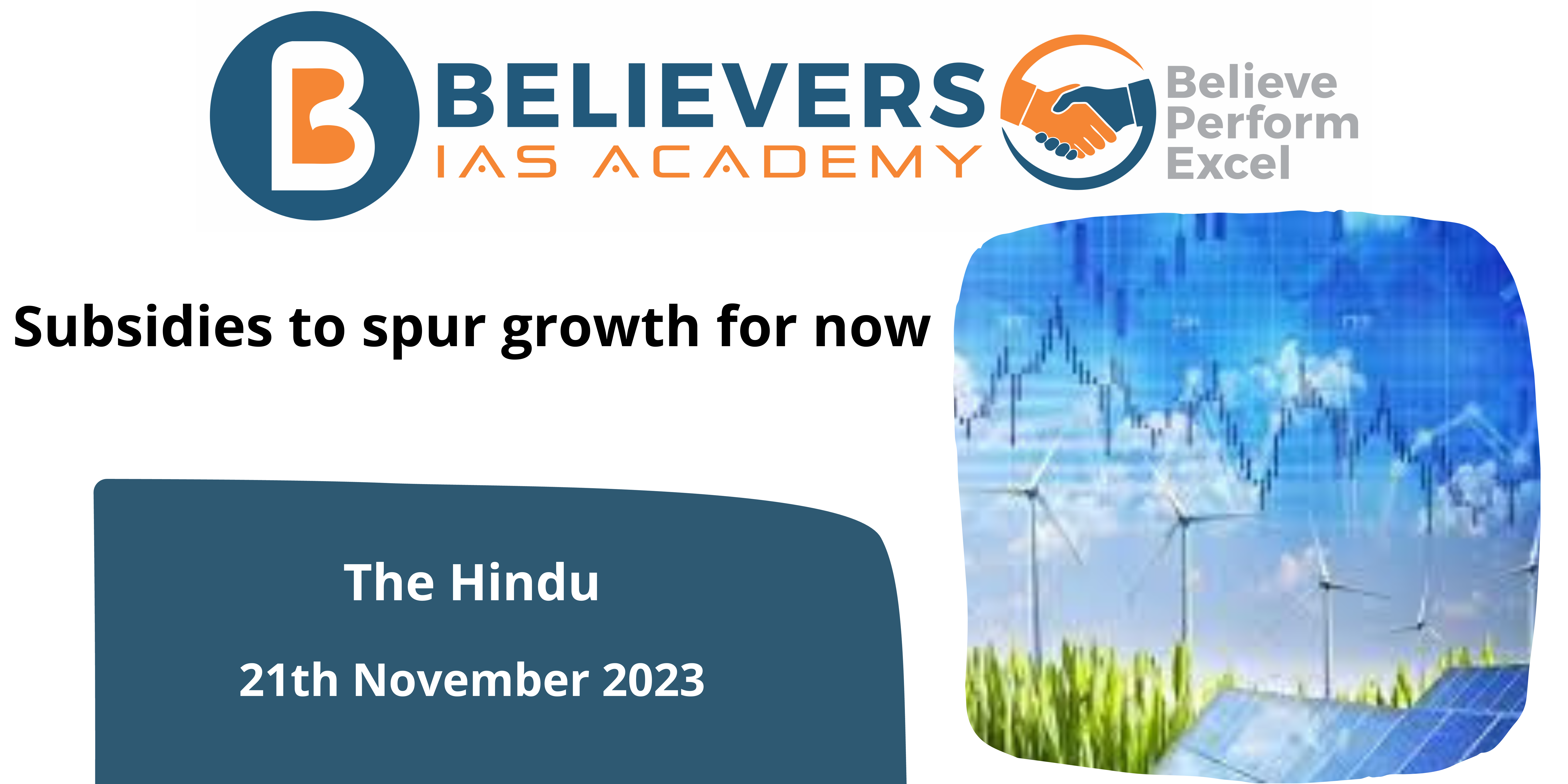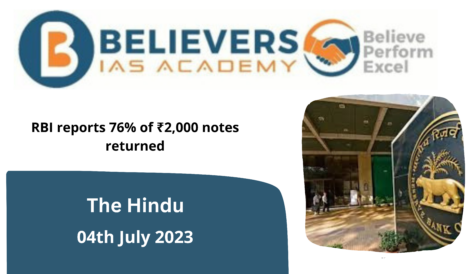Subsidies to spur growth for now
Context
Subsidies and the rural employment guarantee plan in India are predicted to surge ahead of the 2024 Lok Sabha elections, possibly at the expense of public capex outlays, while private investments are expected to bounce post-poll, according to Goldman Sachs in a study released on Monday.
Fiscal Policies and the Dynamics of Elections:
- Government spending on subsidies and a rural employment guarantee scheme is projected to increase ahead of the 2024 Lok Sabha elections.
- Subsidies and welfare programs are seen as a tactic for appealing to voters and stimulating consumption.
Fiscal Constraints and Priorities in Expenditure:
- Fiscal restrictions are acknowledged, notwithstanding the anticipated rise in spending.
- It is doubtful that the government will increase the fiscal deficit.
- To accomplish fiscal consolidation, public capital expenditures may be reduced, with cuts in other current spending sharing the load.
Interest Rates and Monetary Policy:
- The Reserve Bank of India (RBI) is predicted to lower interest rates in 2024 or early 2025.
- The research advises cutting interest rates in two tranches of 25 basis points each.
- Inflation is forecast to be around 5.1% this year and 5.1% next year, limiting the possibility for significant monetary easing.
Economic Growth Prospects:
- Economic growth will slow slightly from 6.4% in 2023 to 6.3% in 2024.
- According to the paper, the growth trajectory is “a tale of two halves.”
- Subsidies and transfer payments are expected to drive consumption and economic growth in the first half of 2024.
- The research anticipates a resurgence in investment growth following the elections, particularly from the private sector.
GDP Growth Projections:
- The report forecasts real GDP growth to be 6.2% in 2023-24, with an increase to 6.5% in 2024-25.
Political Uncertainty as a Risk:
- Identified political uncertainty as the main domestic risk.
- Acknowledges the potential impact of political developments on economic stability and growth.
Conclusion
In summary, the analysis predicts a change in budgetary priorities toward subsidies and welfare spending in the run-up to the elections, with following fiscal consolidation issues. Monetary policy will likely be conservative, and economic development will likely be phased, impacted by election dynamics and consequent changes in investment patterns. Political uncertainty is identified as a significant risk factor for the economic outlook in the research.




